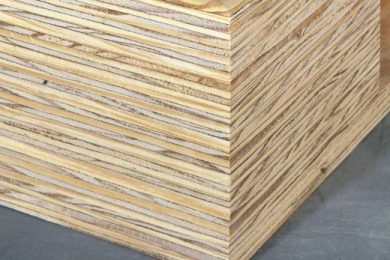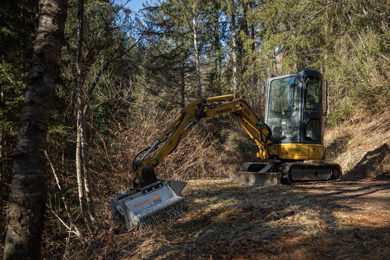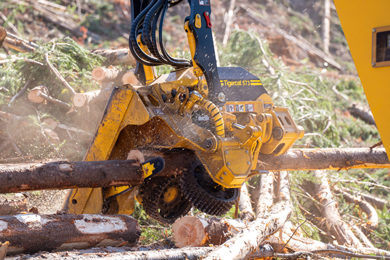The global engineered wood market is estimated to reach US$41.2bn by 2022, growing at a compound annual growth rate (CAGR) of 24.8 percent from 2016 – 2022. North America and Europe account for nearly 70 percent of global engineered wood production and will continue to maintain high CAGRs, according to a new report from market research firm Allied Market Research (AMR).
Demand for engineered wood is driven by the industry looking for alternatives to concrete and hardwood to conserve energy, speed up construction, cut labour cost, and reduce waste. Stringent regulations with regards carbon emissions and rapid deforestation are also likely to propel the adoption of engineered wood. Despite the reservations engineered wood has proven to be a huge commercial success said AMR research analyst Yogiata Sharma.
The market is expected to move at a higher pace in Europe and North America, owing to high disposable income and widespread awareness. Developing regions such as Asia-Pacific, Latin America, and Africa will also exploit their vast forests for timber and raw materials for various engineered wood products.
Between 2015 and 2016, countries in Asia-Pacific such as Japan, Indonesia, and India led the engineered wood market, as they are the main exporters of raw materials to North American and European countries. India is one of the emerging markets in Asia-Pacific engineered wood industry, currently accounting for 10 percent of the Asia-Pacific engineered wood market share. It is estimated to have the highest CAGR of around 25 percent from 2016 – 2022.
Brazil and Chile show significant growth and are expected to grow with double-digit CAGRs and witness entry of a number of market players. The engineered wood market is segmented based on the type of product, wherein plywood and glulam collectively account for nearly 54 percent of the global market, and with cross-laminated timber expected to grow with the highest CAGR of nearly 30 percent during the forecast period. Non-residential construction will lead the market, due to increasing construction of multi-storey building and bridges globally.







